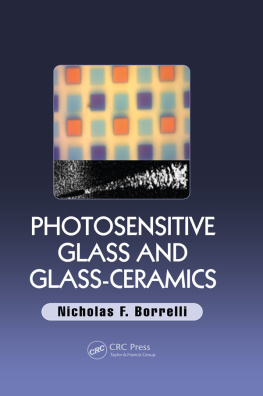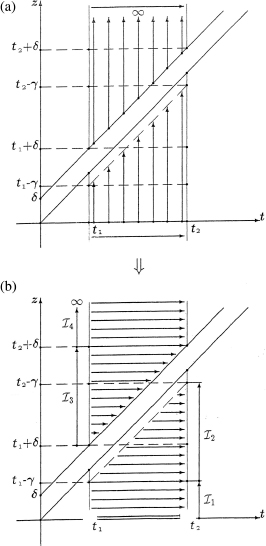Michael I. Klinger - Glassy Disordered Systems: Glass Formation and Universal Anomalous Low-Energy Properties
Here you can read online Michael I. Klinger - Glassy Disordered Systems: Glass Formation and Universal Anomalous Low-Energy Properties full text of the book (entire story) in english for free. Download pdf and epub, get meaning, cover and reviews about this ebook. year: 2013, publisher: World Scientific Publishing Company, genre: Home and family. Description of the work, (preface) as well as reviews are available. Best literature library LitArk.com created for fans of good reading and offers a wide selection of genres:
Romance novel
Science fiction
Adventure
Detective
Science
History
Home and family
Prose
Art
Politics
Computer
Non-fiction
Religion
Business
Children
Humor
Choose a favorite category and find really read worthwhile books. Enjoy immersion in the world of imagination, feel the emotions of the characters or learn something new for yourself, make an fascinating discovery.
- Book:Glassy Disordered Systems: Glass Formation and Universal Anomalous Low-Energy Properties
- Author:
- Publisher:World Scientific Publishing Company
- Genre:
- Year:2013
- Rating:4 / 5
- Favourites:Add to favourites
- Your mark:
Glassy Disordered Systems: Glass Formation and Universal Anomalous Low-Energy Properties: summary, description and annotation
We offer to read an annotation, description, summary or preface (depends on what the author of the book "Glassy Disordered Systems: Glass Formation and Universal Anomalous Low-Energy Properties" wrote himself). If you haven't found the necessary information about the book — write in the comments, we will try to find it.
Michael I. Klinger: author's other books
Who wrote Glassy Disordered Systems: Glass Formation and Universal Anomalous Low-Energy Properties? Find out the surname, the name of the author of the book and a list of all author's works by series.













 = i with its width
= i with its width 
 Then, the function can be approximated by an often used Lorentzian function D1[X], for typical ~ 0:
Then, the function can be approximated by an often used Lorentzian function D1[X], for typical ~ 0:
 By taking into account comments below ):
By taking into account comments below ):


 describe the region around and in the pseudogap, containing ill-defined excitations with large excitation widths, whereas I(ac)(; ) and
describe the region around and in the pseudogap, containing ill-defined excitations with large excitation widths, whereas I(ac)(; ) and  characterise two regions of acoustic-like well-defined excitations, Debye excitations and HFS ones, below and above the pseudogap respectively; the results of numerical calculations of I(ac)(; ) are practically the same as to those obtained with the -function (X) substituted for
characterise two regions of acoustic-like well-defined excitations, Debye excitations and HFS ones, below and above the pseudogap respectively; the results of numerical calculations of I(ac)(; ) are practically the same as to those obtained with the -function (X) substituted for 

 the resulting total vibrational DOS can be described by the following expression:
the resulting total vibrational DOS can be described by the following expression:

 and q(; ) is the appropriate solution of the equation (q; ) = , while (, ) denotes the variation range of such , and that Q(; ) 0. Moreover, J() can straightforwardly be reduced to the dimensionless function I(u):
and q(; ) is the appropriate solution of the equation (q; ) = , while (, ) denotes the variation range of such , and that Q(; ) 0. Moreover, J() can straightforwardly be reduced to the dimensionless function I(u):

 where
where




